|
Sunny Hill Park
Sunny Hill Park is a park in Hendon, in the London Borough of Barnet, England. It is a large hilly park, 22 hectares, mainly grassed, which has extensive views to the north and the west. Together with the neighbouring Hendon Churchyard, it is a Site of Local Importance for Nature Conservation. The site used to be Sunnyhill Fields, and was owned by Church Farmhouse, now the adjoining Church Farmhouse Museum Church Farmhouse Museum was in a Grade II* listed 17th-century farmhouse in Hendon, north London, in the London Borough of Barnet – the oldest surviving dwelling in Hendon. The museum had two period rooms, a period kitchen and scullery, two .... In 1921 Hendon Council purchased 16 acres for a park, which opened in 1922, and in 1929 it was enlarged when further land was acquired. An area with scattered trees in the south-east corner was formerly part of St Mary's Churchyard, an important archaeological site with evidence of Roman and Anglo-Saxon occupation. [...More Info...] [...Related Items...] OR: [Wikipedia] [Google] [Baidu] |
Hendon
Hendon is an urban area in the Borough of Barnet, North-West London northwest of Charing Cross. Hendon was an ancient manor and parish in the county of Middlesex and a former borough, the Municipal Borough of Hendon; it has been part of Greater London since 1965. Hendon falls almost entirely within the NW4 postcode, while the West Hendon part falls in NW9. Colindale to the north-west was once considered part of Hendon but is today separated by the M1 motorway. The district is most famous for the London Aerodrome which later became the RAF Hendon; from 1972 the site of the RAF station was gradually handed over to the RAF Museum. The railways reached Hendon in 1868 with Hendon station on the Midland Main Line, followed by the London Underground further east under the name Hendon Central in 1923. Brent Street emerged as its commercial centre by the 1890s. A social polarity was developed between the uphill areas of Hendon and the lowlands around the railway station. Hendon ... [...More Info...] [...Related Items...] OR: [Wikipedia] [Google] [Baidu] |
London Borough Of Barnet
The London Borough of Barnet () is a suburban London borough in North London. The borough was formed in 1965 from parts of the ceremonial counties of Middlesex and Hertfordshire. It forms part of Outer London and is the largest London borough by population with 384,774 inhabitants, also making it the 13th largest district in England. The borough covers an area of , the fourth highest of the 32 London boroughs, and has a population density of 45.8 people per hectare, which ranks it 25th. Barnet borders the Hertfordshire district of Hertsmere to the north and five other London boroughs: Camden and Haringey to the southeast, Enfield to the east, as well as Harrow and Brent to the west of the ancient Watling Street (now the A5 road). The borough's major urban settlements are Hendon, Finchley, Golders Green, Friern Barnet, Chipping Barnet, Whetstone, and Edgware; there are also village settlements notably Totteridge and Arkley along with rural areas and countryside pa ... [...More Info...] [...Related Items...] OR: [Wikipedia] [Google] [Baidu] |
St Mary's Churchyard, Hendon
St Mary's Churchyard, Hendon or Hendon Churchyard is the churchyard of St Mary's Church in Hendon in the London Borough of Barnet. It adjoins Sunny Hill Park, and it is part of the ''Sunny Hill Park and Hendon Churchyard'' Site of Local Importance for Nature Conservation. The churchyard is important archaeologically, as Roman artifacts have been found on the site and there is evidence of Anglo-Saxon settlement. A church may have existed on the site as early as the ninth century, and there is an eleventh-century font still in use in the existing building. Parts of it date back to the thirteenth century, but there were successive alterations until it was extended in 1914–15. It has a memorial to Stamford Raffles, the founder of Singapore. The churchyard is well maintained, and it has many tombs and memorials in the grass, which is kept long in parts. There are fine cedar and yew trees. A line of headstones on either side of the path lead to the church door, and they form part ... [...More Info...] [...Related Items...] OR: [Wikipedia] [Google] [Baidu] |
Site Of Nature Conservation Interest
Site of Nature Conservation Interest (SNCI), Site of Importance for Nature Conservation (SINC) and regionally important geological site (RIGS) are designations used by local authorities in the United Kingdom for sites of substantive local nature conservation and geological value. The Department for Environment, Food and Rural Affairs has recommended the generic term 'local site', which is divided into 'local wildlife site' and 'local geological site'. There are approximately 35,000 local sites, and according to the former Minister for Biodiversity, Jim Knight, they make a vital contribution to delivering the UK and Local Biodiversity Action Plans and the Geodiversity Action Plan, as well as maintaining local natural character and distinctiveness. Sites of Special Scientific Interest (SSSIs) and local nature reserves (LNRs) have statutory protection, but they are only intended to cover a representative selection of sites, and Local sites are intended to provide comprehensive c ... [...More Info...] [...Related Items...] OR: [Wikipedia] [Google] [Baidu] |
Church Farmhouse Museum
Church Farmhouse Museum was in a Grade II* listed 17th-century farmhouse in Hendon, north London, in the London Borough of Barnet – the oldest surviving dwelling in Hendon. The museum had two period rooms, a period kitchen and scullery, two exhibition spaces and a large garden with a pond. The building is a two-storey, red brick farmhouse with three gables and centrally placed chimney stacks. It is typical of 17th-century Middlesex vernacular architecture. A blue plaque commemorates Mark Lemon, who lived in the house as a child between 1817 and 1823. His book ''Tom Moody’s Tales'' includes recollections of his childhood in the area. The house was owned by the Kempe family between 1688 and 1780, and later by the Dunlop family from 1869-1945. Barnet Council, in an attempt to save money and despite local opposition, voted to withdraw funding from Church Farmhouse Museum, as well as Barnet Museum, from April 2011. The Council's cabinet met on Monday 13 December 2010 and appr ... [...More Info...] [...Related Items...] OR: [Wikipedia] [Google] [Baidu] |
Municipal Borough Of Hendon
Hendon was an ancient civil parish of around which included Mill Hill on the border of Hertfordshire, as well as Golders Green and Childs Hill on the border of what became the County of London. In 1894 it was created an urban district of Middlesex and in 1932 it became a municipal borough. The municipal borough was abolished in 1965 and the area became part of the London Borough of Barnet. History Background The name is either a Saxon-Celtic fusion meaning high down (hill) or purely Celtic meaning old down (hill). Its earliest known use is in 1005 as Heandunigna. It was in the Hundred of Gore in the county of Middlesex. Under an Act receiving Royal Asset of Henry VIII's the parish vestry took over many manorial responsibilities. Under Queen Victoria civil parishes in England took over secular functions, the shed religious equivalent became the ecclesiastical parish. Heavily superseding the civil parish, an equivalent-area urban district council was founded in 1894 which m ... [...More Info...] [...Related Items...] OR: [Wikipedia] [Google] [Baidu] |
Watford Way
The A1 in London is the southern part of the A1 road. It starts at Aldersgate in the City of London, passing through the capital to Borehamwood on the northern fringe of Greater London, before continuing to Edinburgh. The road travels through the City and three London boroughs: Islington, Haringey and Barnet, which include the districts of Islington, Holloway, Highgate, Hendon and Mill Hill, and travels along Upper Street and Holloway Road, crossing the North Circular Road in Hendon, a district in the London Borough of Barnet. The A1 is the most recent in a series of routes north out of London to York and beyond. It was designated in 1921 by the Ministry of Transport under the Great Britain road numbering scheme, comprising existing roads and streets, mostly historic, and later using stretches of purpose-built new roads in what is now the outer London borough of Barnet. The Archway Road section was built by Thomas Telford using Roman cement and gravel, an innovative technique ... [...More Info...] [...Related Items...] OR: [Wikipedia] [Google] [Baidu] |
A1 In London
The A1 in London is the southern part of the A1 road. It starts at Aldersgate in the City of London, passing through the capital to Borehamwood on the northern fringe of Greater London, before continuing to Edinburgh. The road travels through the City and three London boroughs: Islington, Haringey and Barnet, which include the districts of Islington, Holloway, Highgate, Hendon and Mill Hill, and travels along Upper Street and Holloway Road, crossing the North Circular Road in Hendon, a district in the London Borough of Barnet. The A1 is the most recent in a series of routes north out of London to York and beyond. It was designated in 1921 by the Ministry of Transport under the Great Britain road numbering scheme, comprising existing roads and streets, mostly historic, and later using stretches of purpose-built new roads in what is now the outer London borough of Barnet. The Archway Road section was built by Thomas Telford using Roman cement and gravel, an innovative techniq ... [...More Info...] [...Related Items...] OR: [Wikipedia] [Google] [Baidu] |
Barnet Parks And Open Spaces
The London Borough of Barnet, located on the northern periphery of London and having much of the area within its boundaries in the Metropolitan Green Belt, has many parks and open spaces. In addition there are large areas taken over by cemeteries and golf courses, and part of Hampstead Heath. Parks Premier Parks Barnet describes its 16 main open spaces as 'premier parks', seven of which achieved a Green Flag Award for 2009/10: * Childs Hill Park and Basing Hill Park, Childs Hill * Cherry Tree Wood, East Finchley * Edgwarebury Park, Edgware * Friary Park, Friern Barnet * Hendon Park, Hendon * Lyttelton Playing Fields, Hampstead Garden Suburb * Mill Hill Park, Mill Hill * Oak Hill Park, East Barnet * Old Court House Recreation Ground, High Barnet * Sunny Hill Park, Hendon * Swan Lane Open Space, Whetstone * Tudor Sports Ground, New Barnet * Victoria Park, Finchley Central * Victoria Recreation Ground, New Barnet * Watling Park, Burnt Oak * West Hendon Playing Fields ... [...More Info...] [...Related Items...] OR: [Wikipedia] [Google] [Baidu] |
Nature Reserves In Barnet
The London Borough of Barnet, on the northern outskirts of London, is mainly residential, but it has large areas of green space and farmland. The spread of suburban development into the countryside was halted by the designation of a statutory Green Belt around London after the Second World War, and almost one third of Barnet's area of is Green Belt. Without this control, Barnet would be very different today, and this list of nature reserves would be much shorter. Most of Barnet lies over London Clay, which is poor for agriculture, and open land is mainly used for activities such as horse grazing, playing fields, parks and golf courses. Features of the traditional agricultural landscape have survived, such as old hedgerows, ancient trees and areas of herb-rich grassland. Some hay meadows have a large diversity of wild flowers, and the London Ecology Unit (LEU) described them as one of Barnet's most important ecological assets. Barnet has large areas with designations intended ... [...More Info...] [...Related Items...] OR: [Wikipedia] [Google] [Baidu] |
Nature Reserves In The London Borough Of Barnet
Nature, in the broadest sense, is the physical world or universe. "Nature" can refer to the phenomena of the physical world, and also to life in general. The study of nature is a large, if not the only, part of science. Although humans are part of nature, human activity is often understood as a separate category from other natural phenomena. The word ''nature'' is borrowed from the Old French ''nature'' and is derived from the Latin word ''natura'', or "essential qualities, innate disposition", and in ancient times, literally meant " birth". In ancient philosophy, ''natura'' is mostly used as the Latin translation of the Greek word '' physis'' (φύσις), which originally related to the intrinsic characteristics of plants, animals, and other features of the world to develop of their own accord. The concept of nature as a whole, the physical universe, is one of several expansions of the original notion; it began with certain core applications of the word φύσις by ... [...More Info...] [...Related Items...] OR: [Wikipedia] [Google] [Baidu] |
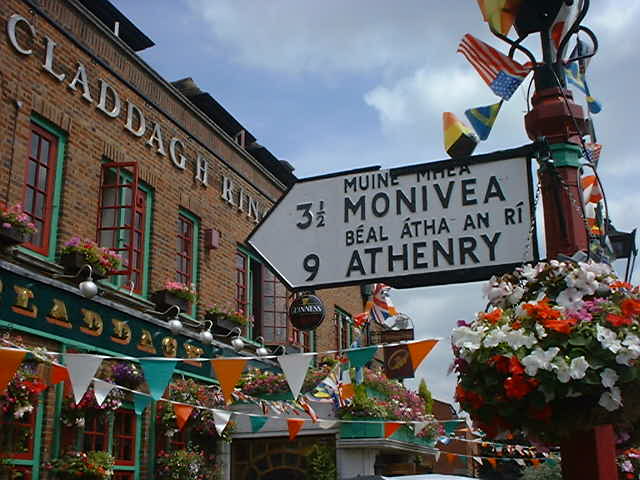
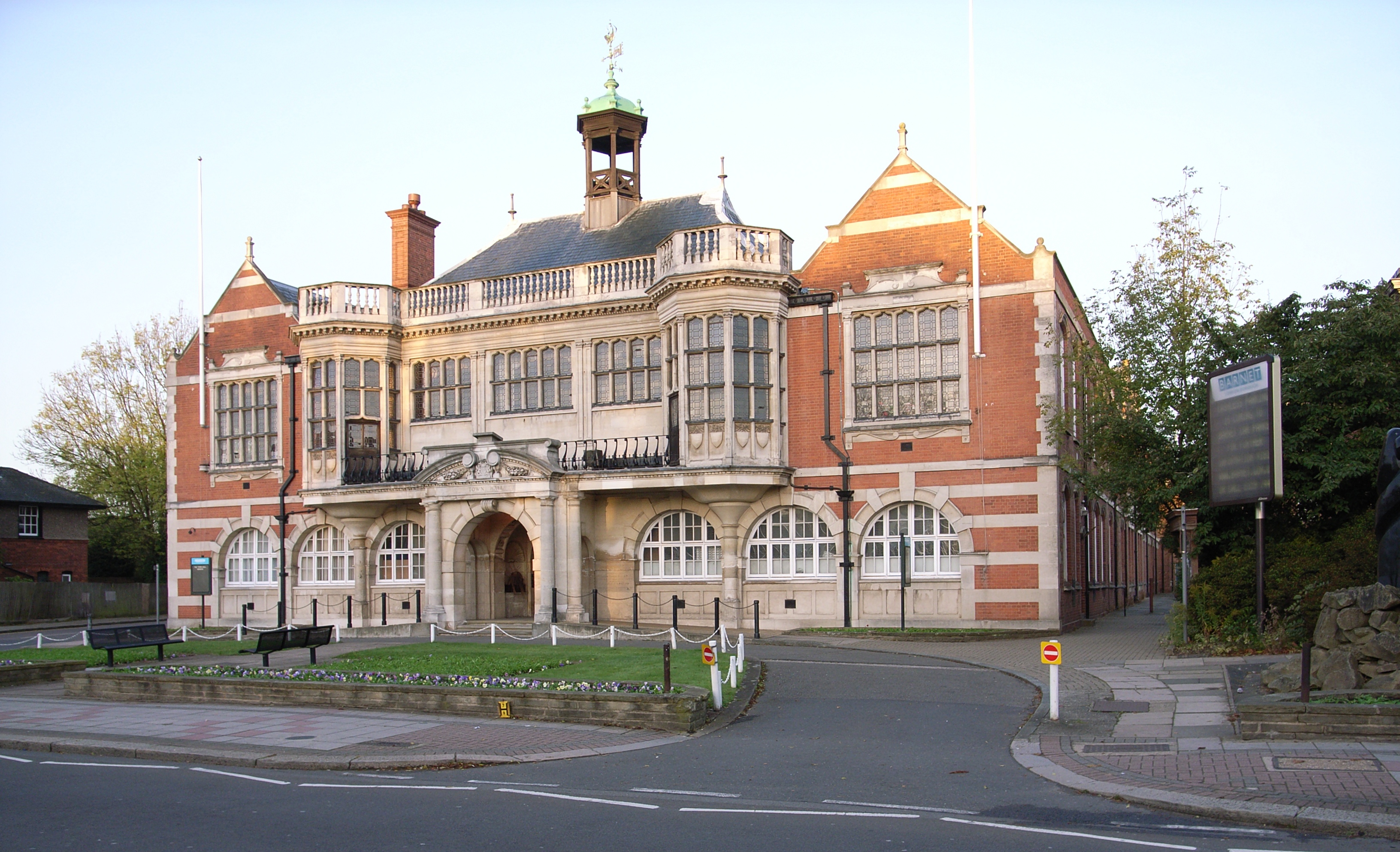
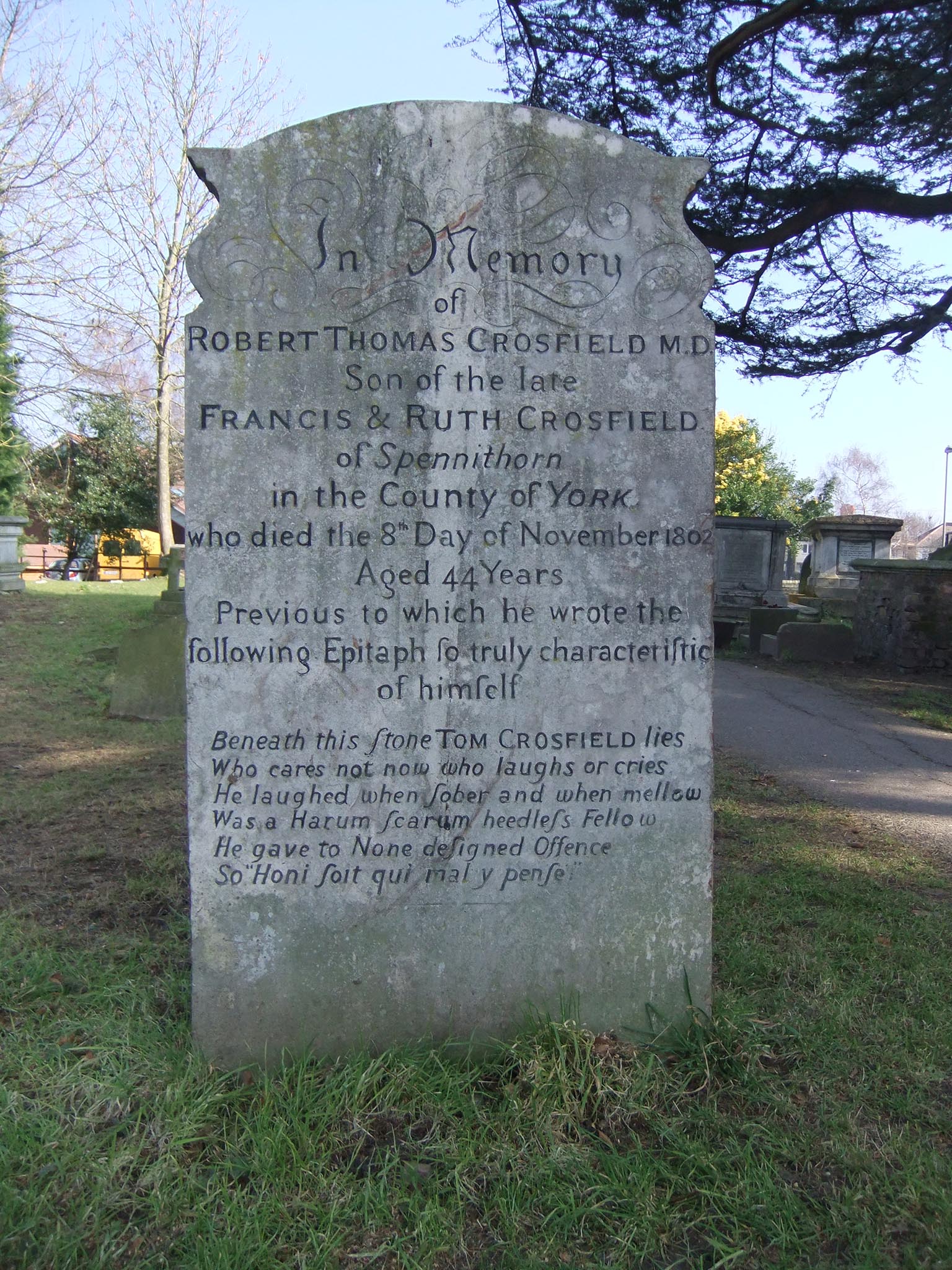
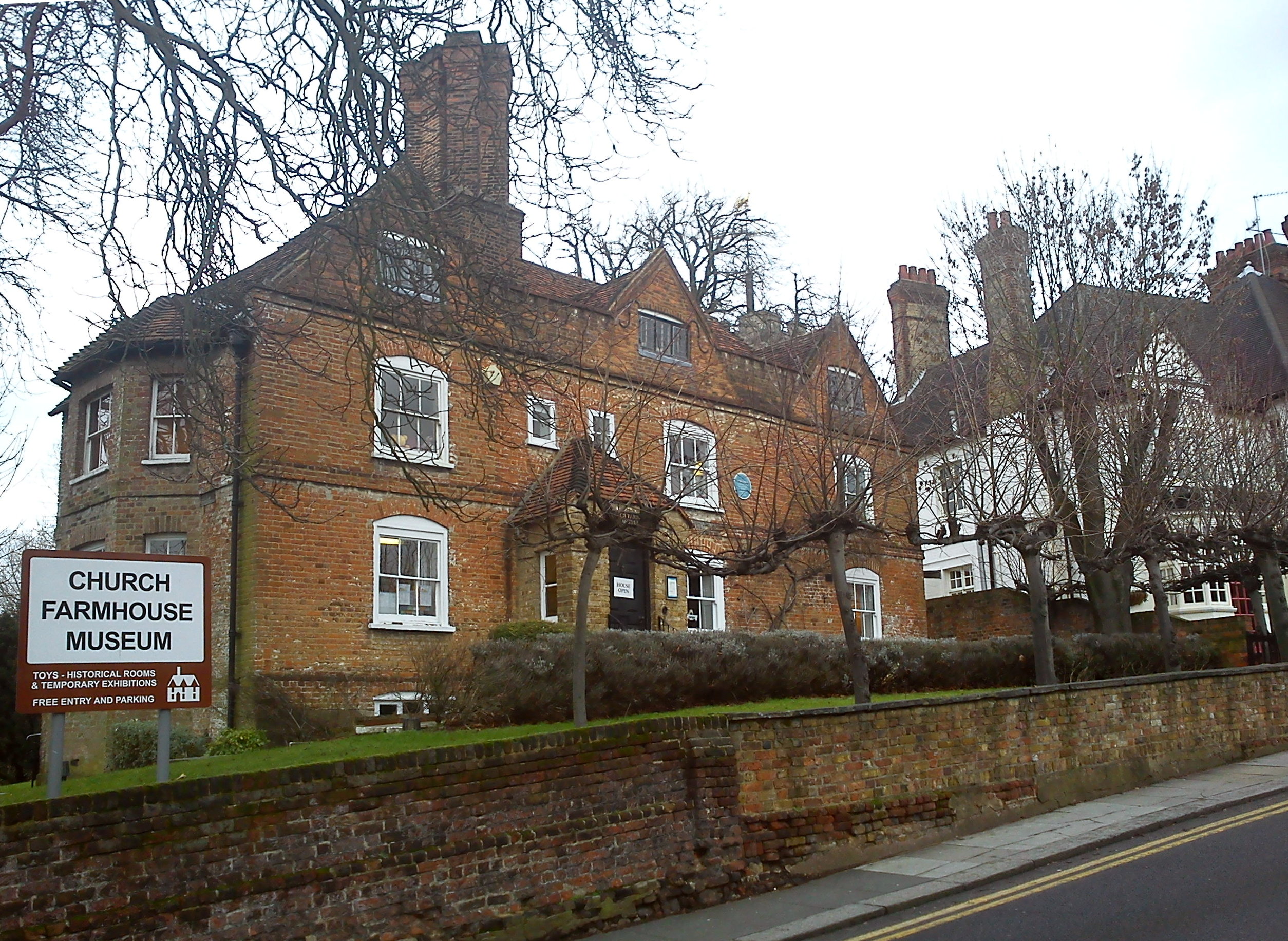
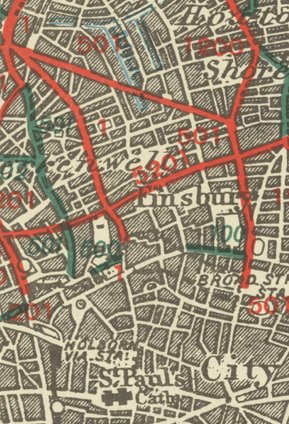


.jpg)